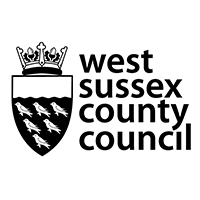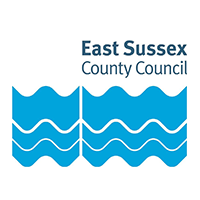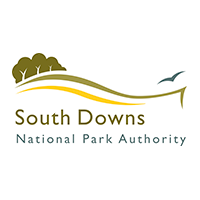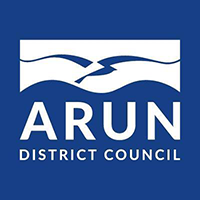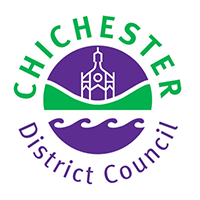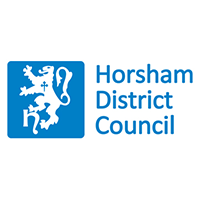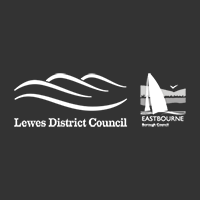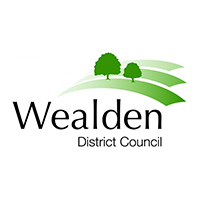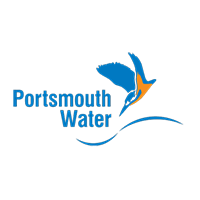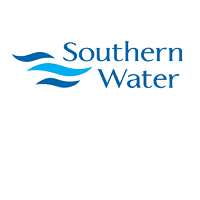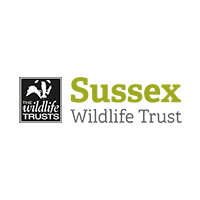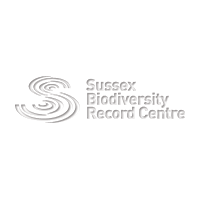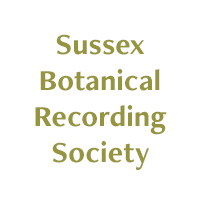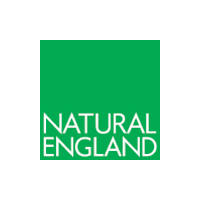

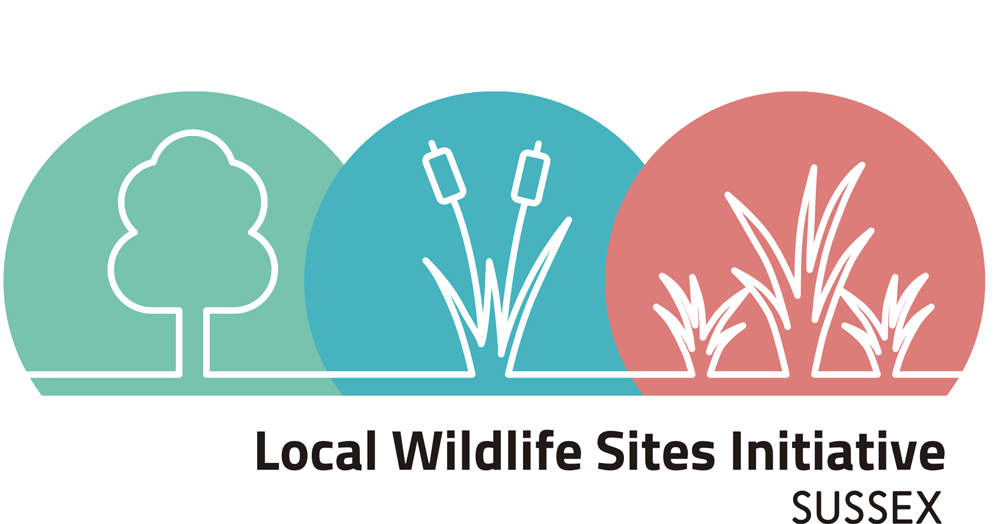










About this Initiative
The Sussex Local Wildlife Site Initiative
Local Wildlife Sites are non-statutory sites that contain features of substantive nature conservation value. In Sussex these sites were formerly known as Sites of Nature Conservation Importance (SNCIs).
The Sussex Local Wildlife Sites Initiative was established in 2018 and aims to establish and maintain a functioning Local Wildlife Sites system for Sussex, including the administrative counties of East Sussex & West Sussex and the unitary authority of Brighton & Hove.
The purpose of having a Local Wildlife Sites system is to ensure these important sites can:
- be accurately represented in Local Plans
- be given due consideration in the planning & development process
- receive targeted management advice & support
The ultimate aim of the Sussex Local Wildlife Sites Initiative is to conserve biodiversity.
The Initiative is supported by a broad partnership of organisations, working under the umbrella of the Sussex Local Nature Partnership . The Initiative is hosted by the Sussex Wildlife Trust and the Local Wildlife Sites survey programme is delivered by the Sussex Local Wildlife Sites Officer, Dan Watkins, who is based at Sussex Biodiversity Record Centre .
Background to Local Wildlife Site systems in Sussex
Most Local Wildlife Sites in Sussex were originally surveyed and designated in the early 1990s as part of a partnership between local planning authorities and conservation bodies. In the intervening years there have been different arrangements in place for managing the Local Wildlife Site systems across different local planning authorities, with differing levels of resources available.
For many years, West Sussex County Council led the West Sussex Sites of Nature Conservation Importance (SNCI) Initiative. In 2015, following funding cuts, West Sussex County Council transferred lead responsibility for the West Sussex Local Wildlife Site system to Sussex Biodiversity Record Centre. At that time the system was unfunded.
In East Sussex, the district and borough councils have historically taken responsibility for administering their own suites of Local Wildlife Sites and have followed different approaches, depending on local priorities and the resources available to them. Some councils in East Sussex have carried out their own structured reviews of Local Wildlife Sites.
The unitary authority of Brighton & Hove conducted its own review of Local Wildlife Sites. This process is being drawn to a conclusion in 2019, through the City Plan process.
Since the original SNCI surveys were carried out, and the foundations for current Local Wildlife Sites systems were laid, the South Downs National Park Authority has come into existence as the statutory planning authority for the South Downs National Park. That is another driver for establishing a Local Wildlife Sites system which is consistent across the Sussex-portion of the South Downs National Park.
Given the mosaic of different Local Wildlife Sites systems that exist in Sussex, and limited resources available, working towards a more unified and consistent Local Wildlife Site system for Sussex is not a simple task. The Sussex Local Wildlife Sites Initiative is therefore keen to work in partnership with all local planning authorities in Sussex, to build on the strengths of previous and existing Local Wildlife Sites systems, and make the most of opportunities to make things better.
Our partners
The Sussex Local Wildlife Sites Initiative has received funding or significant in-kind contributions from the following organisations.
